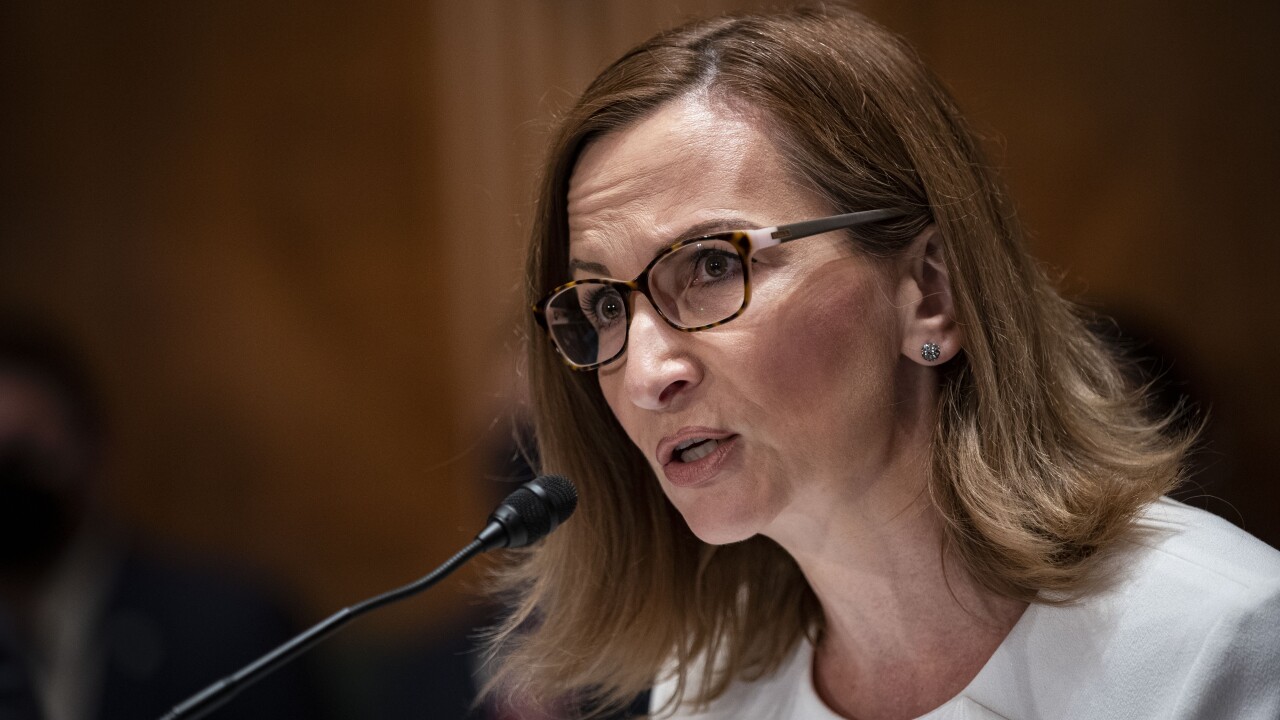As mobile
With

In response, Wells Fargo is doing everything in its power to make its app the go-to choice for any interaction that involves money. Its marketing focuses on the app's social capabilities, such as sending a selfie and emojis in the description of a P2P payment; or tipping a delivery guy by sensing his phone nearby.
"The building blocks of what we're doing may not individually be new … but it's about putting these things together in a different way that responds to what we're hearing," said Ben Soccorsy, head of digital payments for Wells Fargo Virtual Channels.
Each time a person needs to access, receive, or move funds, his or her Wells Fargo app should have an answer, removing the temptation for the consumer to find a third-party option that may already be installed on their phone, such as Apple Pay Cash or Facebook Messenger.
Wells Fargo is putting many of these simple payment functions, including the Zelle P2P network. before the login under the Pay with Wells Fargo brand. As part of the project, Wells Fargo will pilot Control Tower, a feature that shows the consumer's digital footprint, in June.
These changes are more about access than about overhauling the user experience. It's a delicate balancing act; with Zelle, for example, banks are expected to keep leave the interface untouched, so something as small as
"We don't have any interest in or plans to change the experience around Zelle, The consistent experience is a critical factor," Soccorsy said, adding the Pay with Wells Fargo project should help Zelle by giving it better visibility.
Like most banks, Wells is competing in an on-demand mobile environment in which consumer are accustomed to using a mobile app to complete one task while performing another in the offline world. Third-party apps now allow people to order at restaurants before arriving, order a car without actually making any move to pay for the ride, or use another app to collect half of the rent from a roommate.
The focal point for Wells Fargo is the balance query, which already resides outside of the log in. "As the consumer is going through their day they are on the go, and may need to move money. They balance check can make the payment happen in the moment," Soccorsy said.
Soccorsy didn't provide details on the security that will support placing certain features outside of mobile banking login. Wells Fargo's Fastlook for account balances is currently available on supported Apple and Android devices, and is accessed through Settings. Most modern smartphones at least have fingerprint authentication; higher-end Apple and Samsung devices support facial or iris recognition.
"If Wells Fargo has implemented a risk-based solution that will enable the user to make a low risk transaction without being challenged with user ID or password, this would be a huge leap in convenience," said Tim Sloane, vice president of payments innovation and director of the emerging technology advisory service at Mercator. "Such a solution might utilize behavior biometrics on the phone or just look at how long it has been since the user was last challenged."





